For the second year running, the Design and Innovation Qualification team organised an exhibition of students’ work across its 3 core design modules U101, T217/T218 and T317.
The exhibition was designed by 3 student designers: Rukhsana Ali (U101), Patrice Belton (U101) and Kristina Valenkova (T317) and one professional exhibition designer: Dawn Correa (also tutoring U101 and T217). Within a very short timescale, they had the challenging task to prepare and build an engaging show on the Open University campus.
In preparation for the exhibition, the submitted student work was rated by members of the qualification team and exhibition design team. A selection of winners and commendations was made, which later served as organising principle for the exhibition (but nobody knew then).
Two students, Sam Bowen (U101) and Claire Lambert (T217), offered to design the exhibition announcement poster. The students and I, Nicole Lotz U101 chair, started with individual ideation and met online to discuss what ideas everyone had come up with. We used the OU’s online rooms software (for sound) together with an interactive whiteboard (https://freehand.invisionapp.com/freehand) to discuss and develop ideas at the distance. That worked surprisingly well. While in the first session, we produced some freehand sketches, in the second session, we shared some digital sketches. The interesting part was that we merged ideas from all of us into the final design, i.e. Claire’s graphic eye was framed by Sam’s diagonal stip. Everyone commented that the final design was definitely ‘eye-catching’ (sorry about the pun).
Exhibition poster ideation process
Final Exhibition Announcement Poster
The days leading up to the opening were busy. The exhibition design team met online and had a preview of the exhibition space. It was the same space we had used for the previous year’s exhibition, the Jennie Lee Building Nexus. It is an interesting open plan space with high ceilings, odd corners and a spiral staircase in the middle. In the meeting we explored what aspects of the exhibition design we have to attend to, ranging from the clustering of posters, the positioning of the work and any additional explanatory information about the work or the exhibition as a whole. A few first writing tasks were distributed among students and staff, such as writing summaries of each entry and the winners, module descriptions and an introduction to the exhibition. We discussed hanging options and possible clustering. Tentatively we went with module clusters, but we were not certain yet how to distinguish the winners and special commendations. It was clear that the final clustering will happen once we see the posters printed.
The nexus venue during setting-up and the Jennie Lee Building from the outside on the workshop weekend of the exhibition
The printing of posters happened in phases over the following days. Every year it is a challenge to get print-quality posters from students. When you design a poster for printing, you need to set it up initially in a high enough resolution (300 Pixel per inch or dots per inch for images) and using PDF file format to allow the text and any outline graphics to be printed as an outline and not as pixels. This renders the graphics and text sharp and readable, even if you need to scale the poster up, as we do from A3 to A2.
Team building is very important to ensure a smooth design process. The exhibition design team met the evening for a meal and stayed in a hotel before we set to work early the next morning to set up the exhibition. Our preparation paid off. We (nearly) had everything printed and mounted on foamboard ready to be hung. The morning was dedicated to re-arranging the exhibition boards into final clusters. Lunch was ended by Rukhsana saying: “I am sorry to disturb the nice conversations, but I think we should get going, we have an exhibition opening in 3 hours!”. This made us all laugh. You need a project manager for a project to succeed! The posters and descriptive texts were hung after lunch. A trick to measure the position of the poster using a template sped this process up a lot, and we were fully ready before the opening. In parallel to the hanging, we had designed a slideshow that rotated on a large screen, and set up the table for refreshments and the design workshop materials, for the workshops that would happen over the weekend. We were ready!
In the week leading up to the exhibition, the qualification team had also designed a catalogue and an online exhibition, making the exhibition last longer and making it accessible to students and staff who could not come to the opening and workshops.
The three workshops on Saturday were a lot of fun for the entire family. We learned to draw perspective with Derek Jones (you can see some participants standing in front of the white building in an attempt to draw perspective). We imagined and built our dream city with Katerina Alexiou, and we came up with really crazy ideas using sets of cards for inspiration with Emma Dewberry. The day flew by and everyone agreed to do it all over again next year!

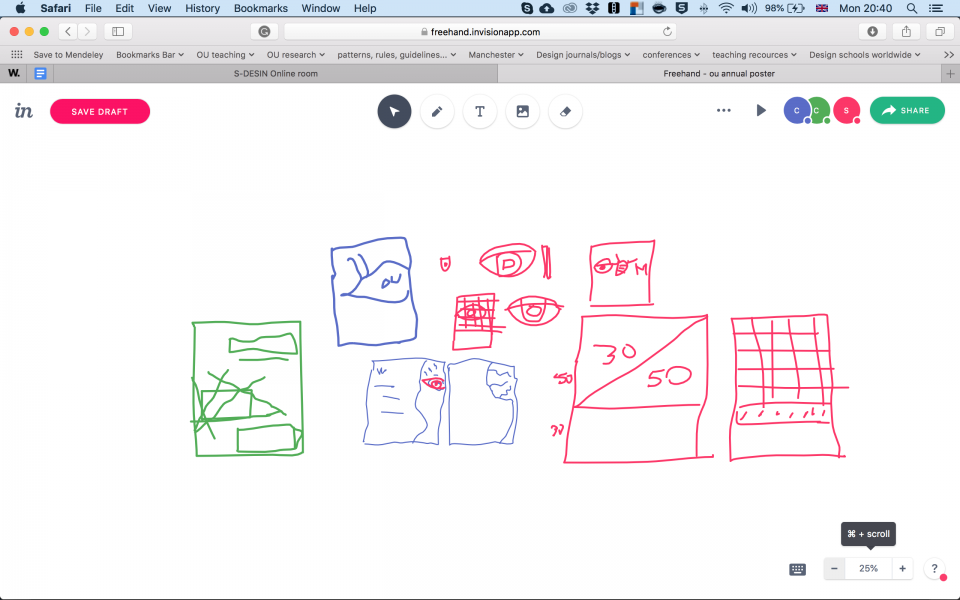
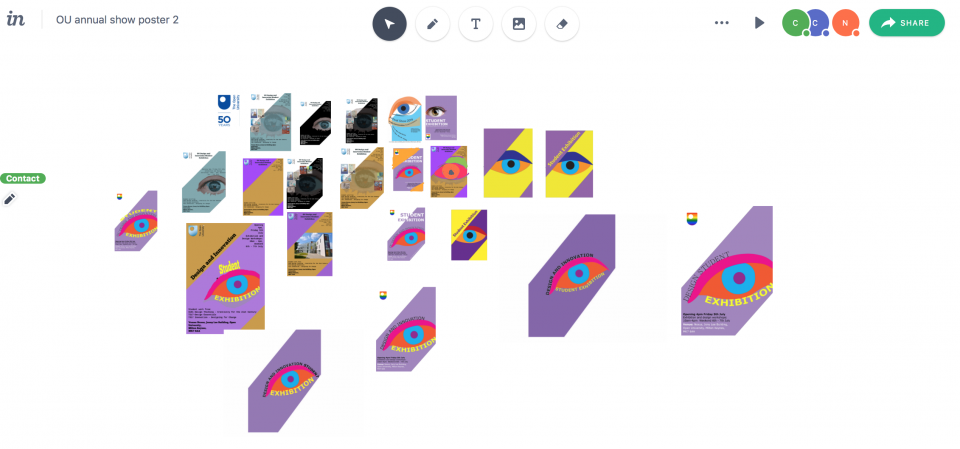
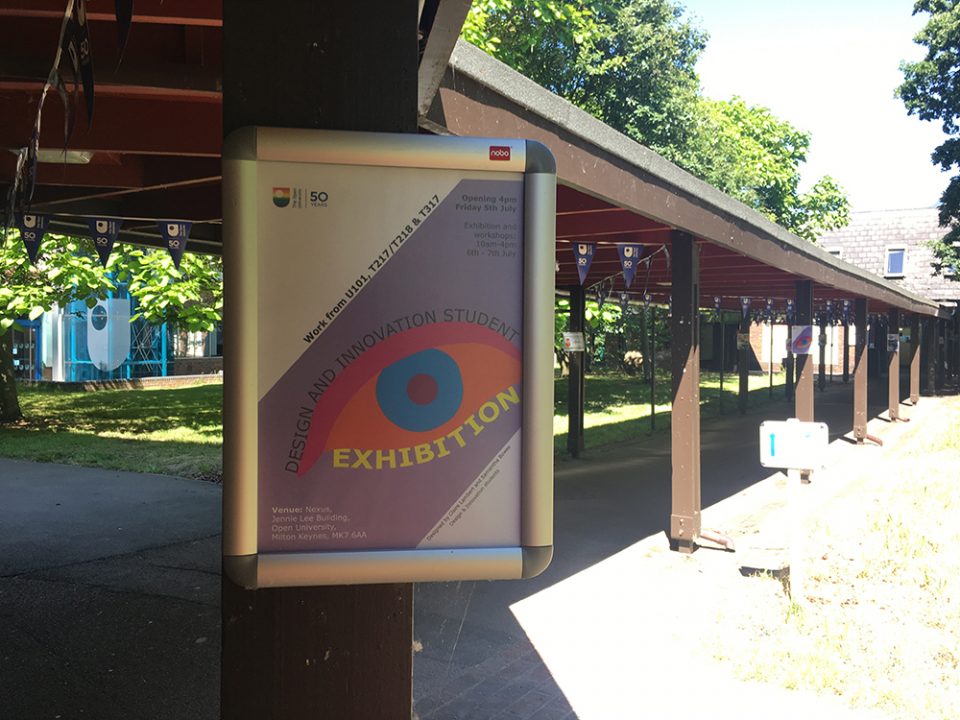

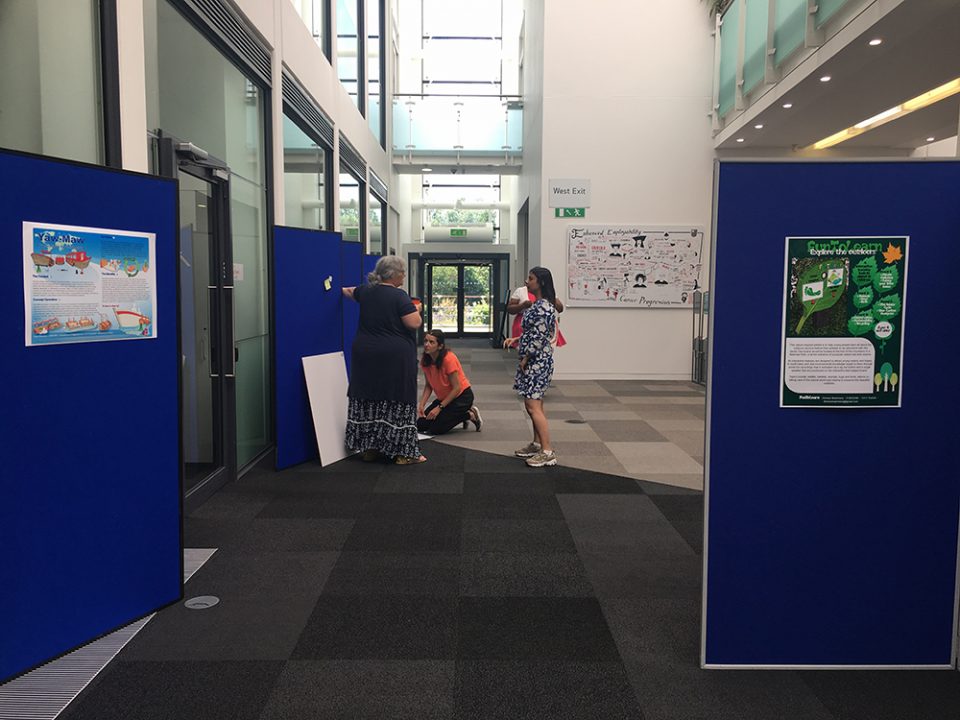
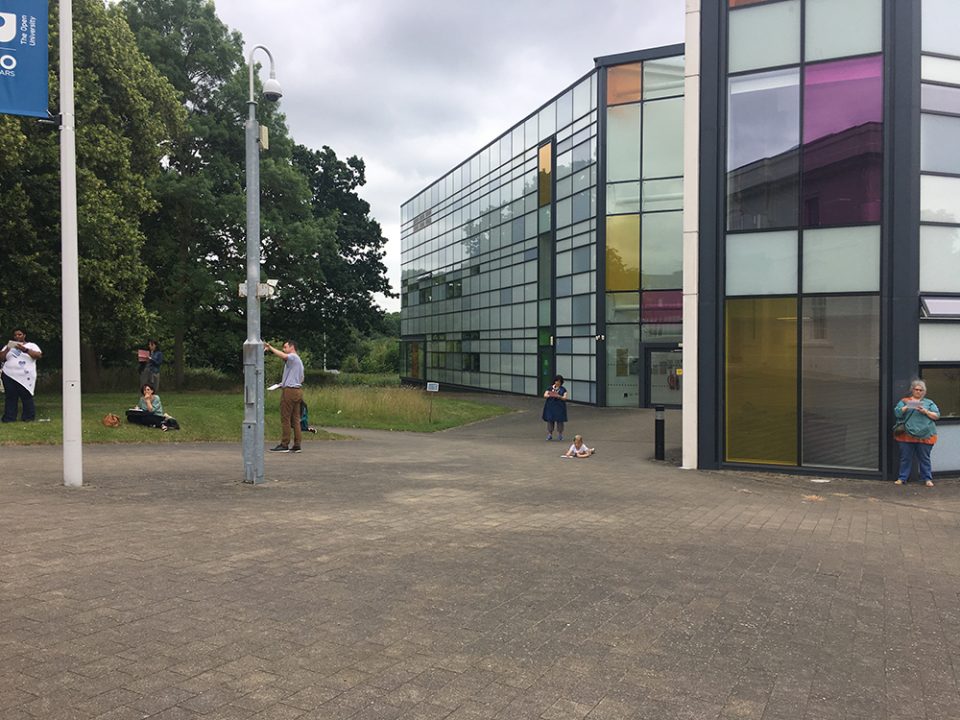
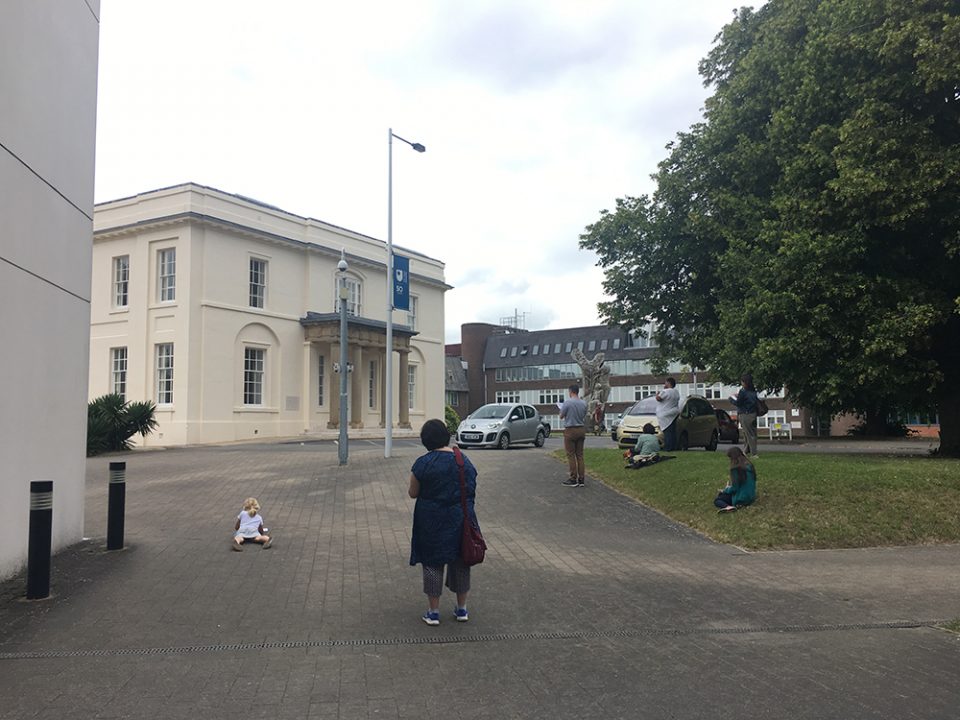
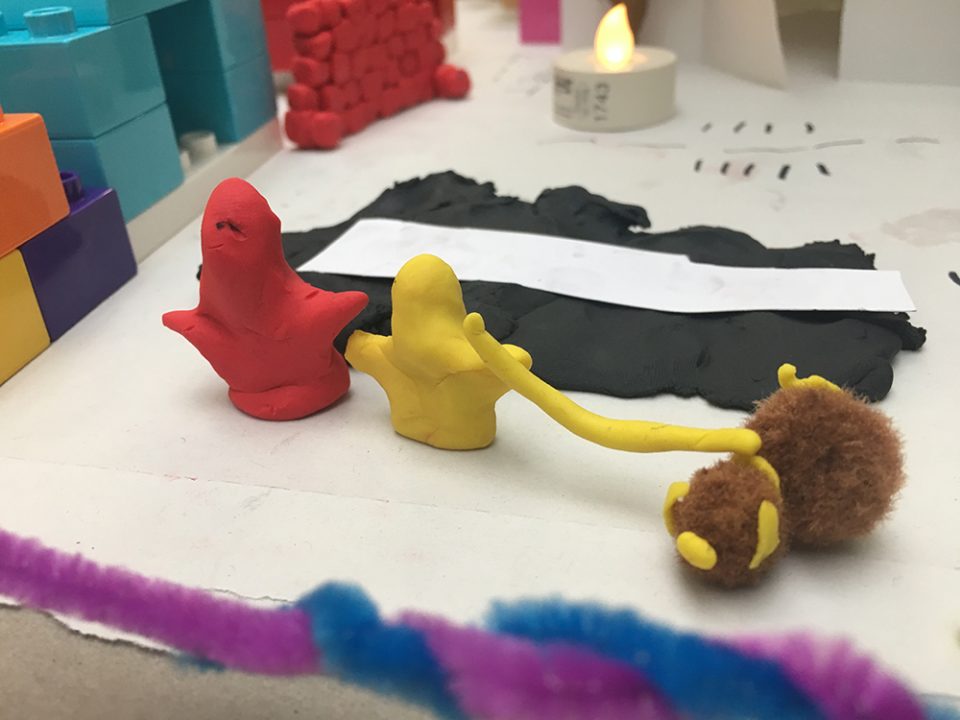
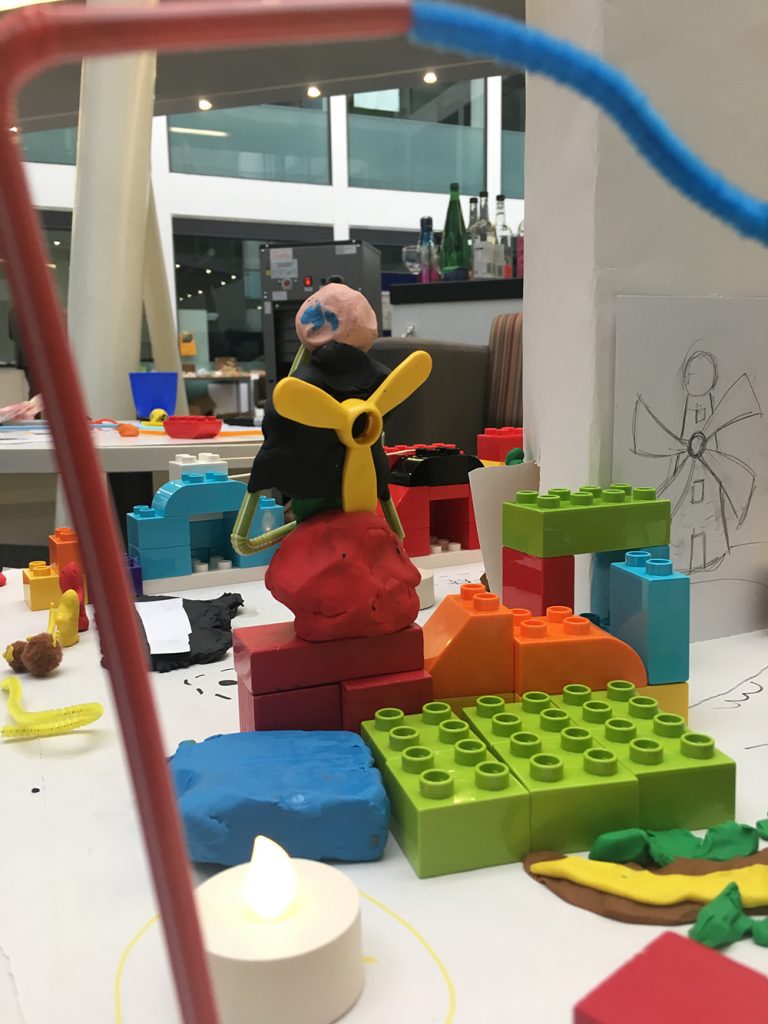
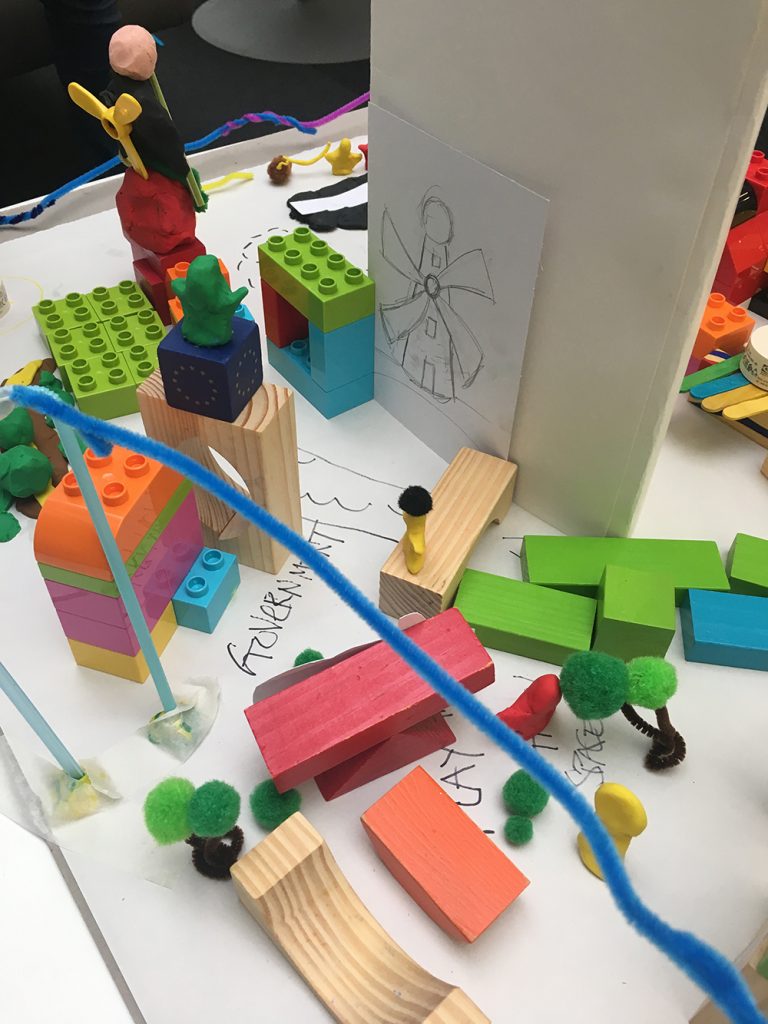
Leave a Reply